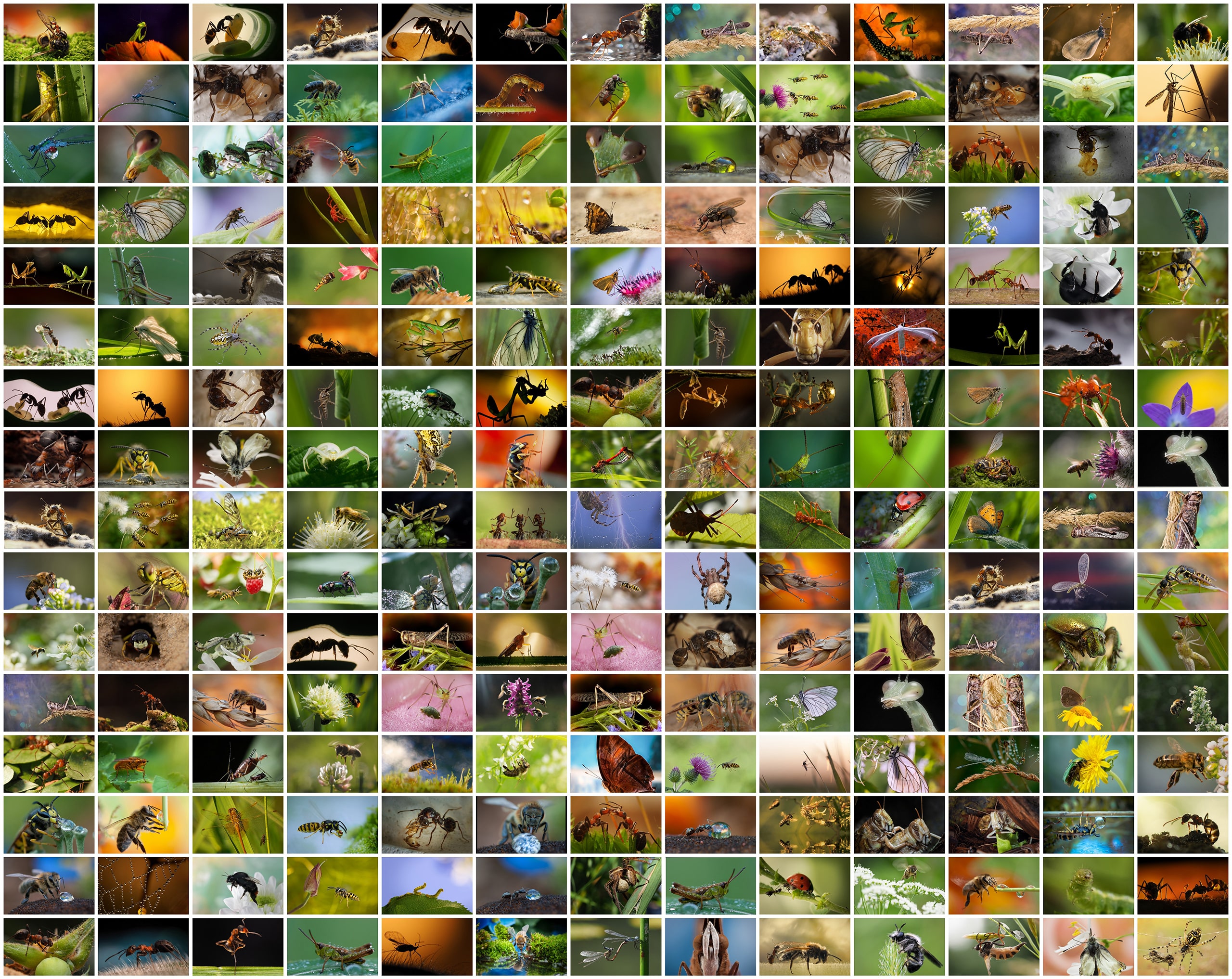“In addition to more dietary fiber, nutritionists also recommend eating more high-quality proteins as part of a weight management plan. We knew from an earlier study in roosters that mealworms are a high quality, highly digestible protein source that’s also environmentally sustainable,” says lead study author Kelly Swanson, professor in the Department of Animal Sciences and interim director of the Division of Nutritional Sciences, both in the College of Agricultural, Consumer and Environmental Sciences (ACES).
For this study, mice were fed an HFD (46% calories for fat) with casein dairy protein for 12 weeks before switching their diet to alternative proteins. The control group was fed a lean diet with casein throughout the study period. The HFD group was already obese and experiencing metabolic syndrome by the time the mealworms were introduced.
The two types of mealworms were fed in a dried powder form to substitute either 50% or 1005 of the casein in their diet. Before, during, and after eight weeks on the experimental diet the animal’s body weight, body composition, blood metabolites, and gene expression of the liver and adipose were measured. According to the researchers, the mealworm protein did not cause the obese mice to lose weight, but it did appear to slow their rate of weight gain relative to mice consuming HFD with casein.
“It’s not a weight loss situation; they just slowed their gain with the mealworms,” Swanson said. “The more significant impact was the improvement in their blood lipid profiles. Their LDL, so-called ‘bad cholesterol,’ went down and the HDL, ‘good cholesterol,’ went up. And from a gene expression perspective, inflammation went down and some of the lipid and glucose metabolism genes were altered. Not everything was positive, but metabolically, they were in a better place.”
The researchers think that some of the benefits may be associated with the fibrous chitin exoskeleton of insects, although the role of chitin hasn’t been studied well it appears to act like a fiber to stimulate beneficial microbial activity in the gut. The team is working on another paper to characterize the effects of mealworms on mouse microbiomes.
Previous studies have used genetically altered mice designed to stay obese, this study used “wild type” mice that would gain weight the same way that many humans do to evaluate alternative proteins from weight management/obesity. That may be all good and fine, but the million-dollar question remains, are humans ready to accept mealworm protein? Most of us can rest easy knowing that mealworm protein has not been approved by the FDA, as of yet. But if anyone is curious you can try out cricket flour which can be used in foods according to the Food, Drug, and Cosmetic Act.
“There’s a ‘yuck factor’ for many in Western societies, where eating insects is not quite normal, but some populations have relied on insect proteins for millenia,” Swanson said. “With protein shortages becoming a reality, there may be a place for insect meals.”




